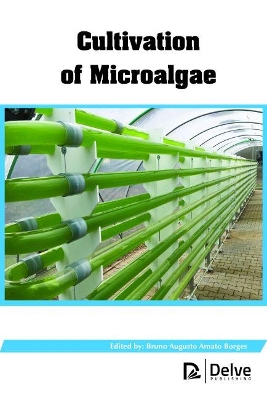
Algae are recognized as one of the oldest life-forms (Falkowski & Raven, 1997). The use of microalgae dates back around 2000 years to the Chinese, who used Nostoc to survive during famine (Spolaore et al., 2006), and to the Aztecs who collected and cultivated Spirulina (Henrikson, 2011). For the past 50 years, extensive research has been performed on microalgae and how they can be used in a wide variety of processes or to manufacture many practical and economic important products. This group of individuals is present in several ecosystems, representing a big variety of species living in a wide range of environmental conditions. Microalgae can be autotrophic or heterotrophic; the autotrophic require only inorganic compounds such as CO2, salts and a light energy source for growth; the heterotrophic are nonphotosynthetic, therefore require an external source of organic compounds as well as nutrients as an energy source (Brennan & Owende, 2009). The cultivation of microalgae is an activity that offers high productivity in dry biomass, compared the production of seaweeds. One important advantage of the cultivation of microalgae is that it can be performed in various locations, due to the use of closed systems of cultivation. In addition, can generate crops throughout the year and has high photosynthetic efficiency and bioremediation potential. There are several groups of individuals who are part of the large group of microalgae; so many differences can be identified with respect to chemical and biological composition of each. Actually, the main genres worldwide cultured are Skeletonema, Thalassiosira, Nannochloropsis, Phaeodactylum, Chaetoceros, Isochrysis, Tetraselmis, Chlamydomonas, Dunaliella and Spirulina. One of the great advantages present in the cultivation of microalgae is the positive appeal to your benefits with regard to the environment. This production plays in a variety of ways to promote sustainability. Microalgae biomass has been proven as a sustainable feedstock for biofuels, feed and numerous value added products that involves nutraceuticals and therapeutic industry (Guldhe, 2016). Microalgae are a highly renewable resource. It can be grown and harvested all year round, in several environments. Production is low impact – microalgae cultivation needs no chemicals or pesticides, in addition to require no deforestation. Knowing the many uses and importance of these organisms to the different sectors of the industry, and your environmental importance, it is essential to maintain the targeted efforts in pursuit of the development of new technologies and applications, as well as improvements in cropping systems and processes used currently.
| ISBN: | 9781773610405 |
| Publication date: | 1st November 2017 |
| Author: | Bruno Augusto Amato Borges |
| Publisher: | Arcler Education Inc |
| Format: | Hardback |
| Pagination: | 565 pages |
| Genres: |
Aquaculture and fish-farming: practice and techniques |